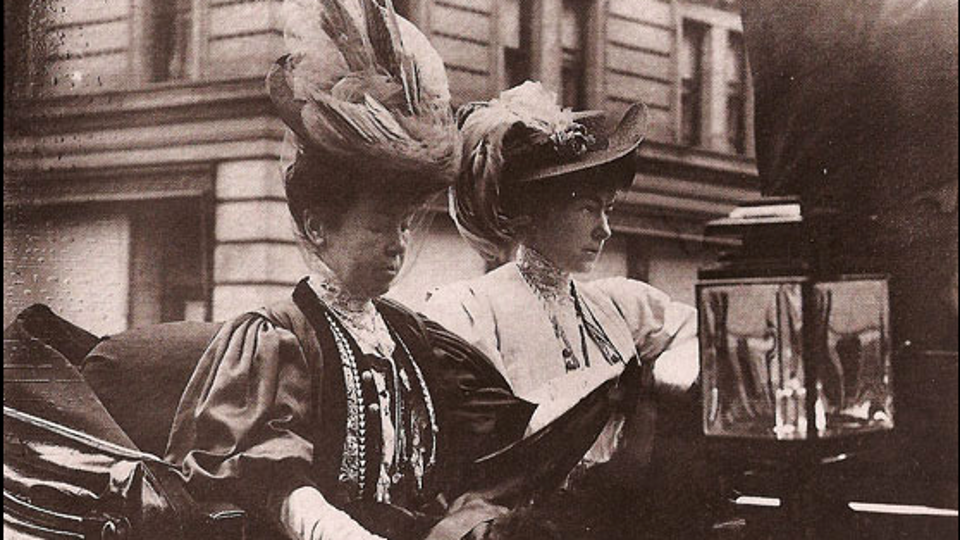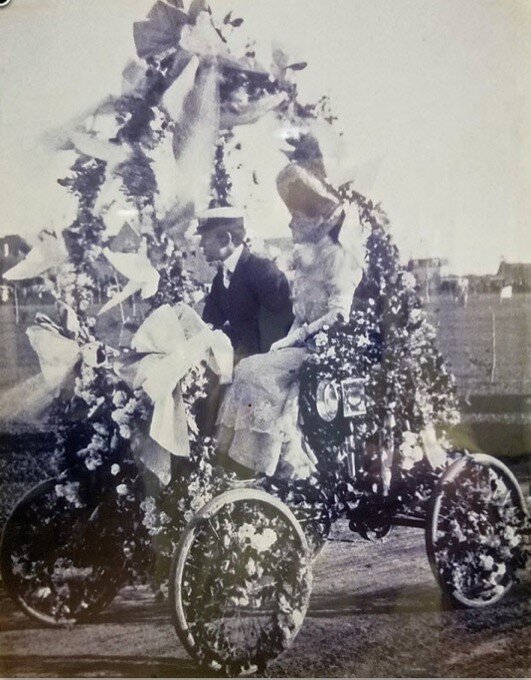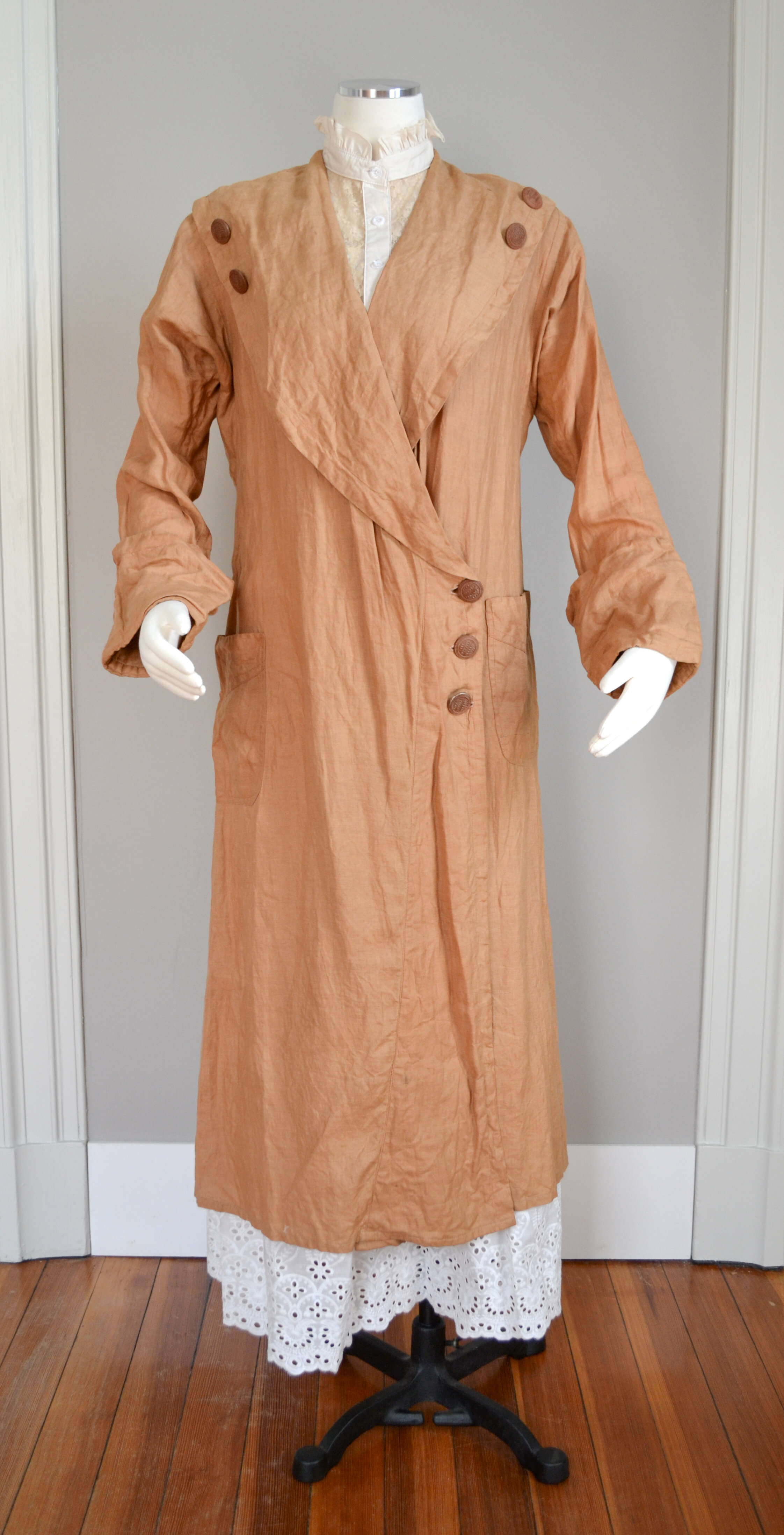1900’s Fashion
Initially, the new machines we have come to know as automobiles were the exclusive purview of the leisure class. Motoring for sightseeing and to scenic picnic destinations was all the rage. Driving gave tourists an incredible sense of freedom; you suddenly had charge of your schedule, the spontaneity to make a stop or take an unexpected route.
The Vanderbilt family had a love of driving that logically grew out of their devotion to the sport of coaching (carriage driving). While they always had coachmen and later chauffeurs in their employ, the younger generation of the family often liked to take the wheel themselves. In the years of transition between horse and horseless carriages, the Vanderbilts often switched back and forth between the two modes of transport.
In the summer of 1905, the press spotted Alice Vanderbilt’s youngest daughter Gladys, who was enjoying being “out” in society, operating both a new Mercedes motor car and her trusty old phaeton (a light open-top road coach).
Many early autos were also open-top, and traveling at unprecedented speeds on dusty unpaved roads required protecting one’s hair, complexion, and fine clothing. A lightweight overcoat adapted from the carriage coats of old aptly called a duster became de rigueur for driving. Some dusters had protective hoods or could be worn with a veiled hat; driving masks or goggles and gloves would complete the look.
Beige linen duster / driving coat, unknown maker, c.1900. Loan from Private Collection





















